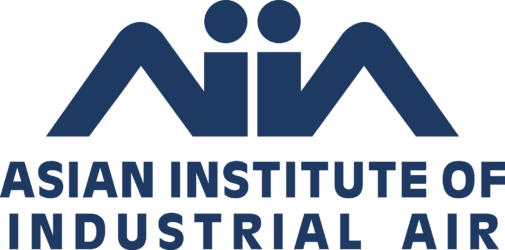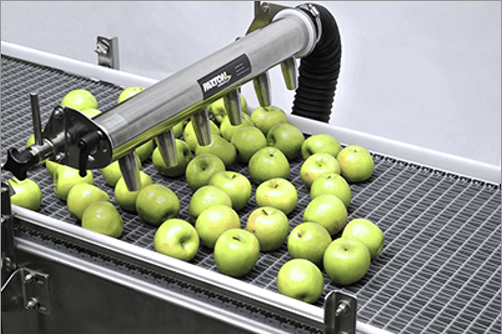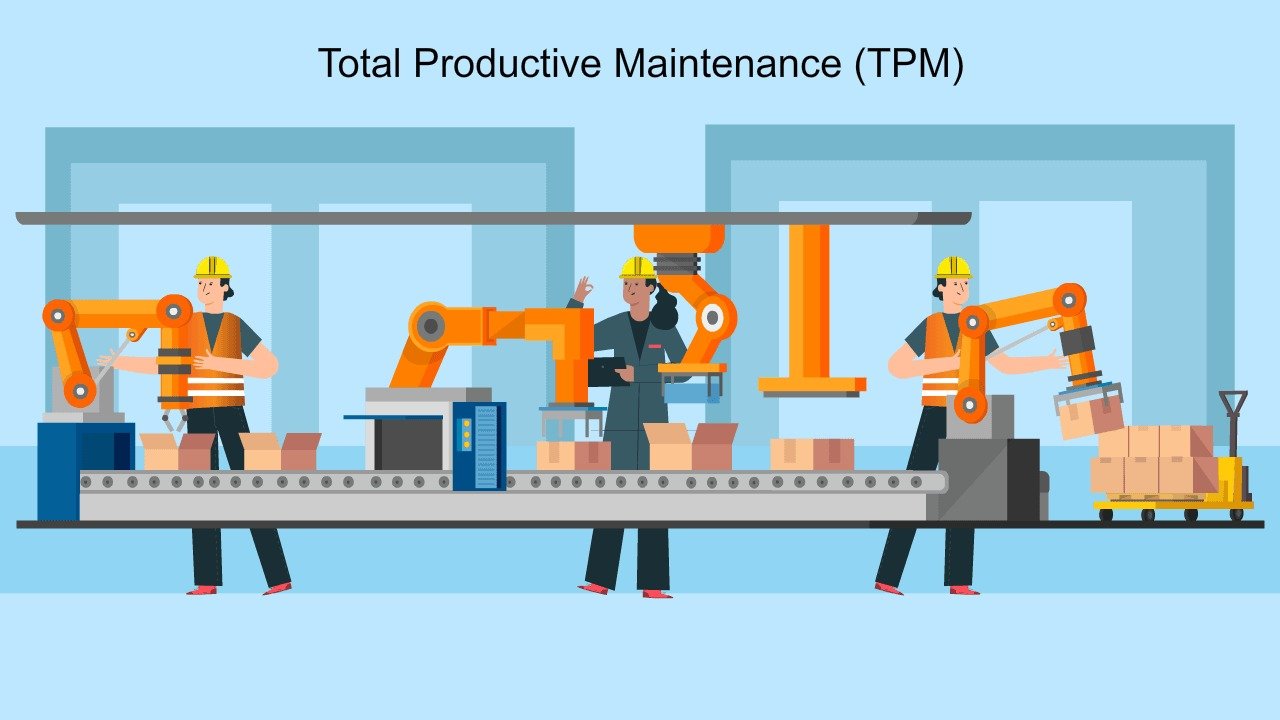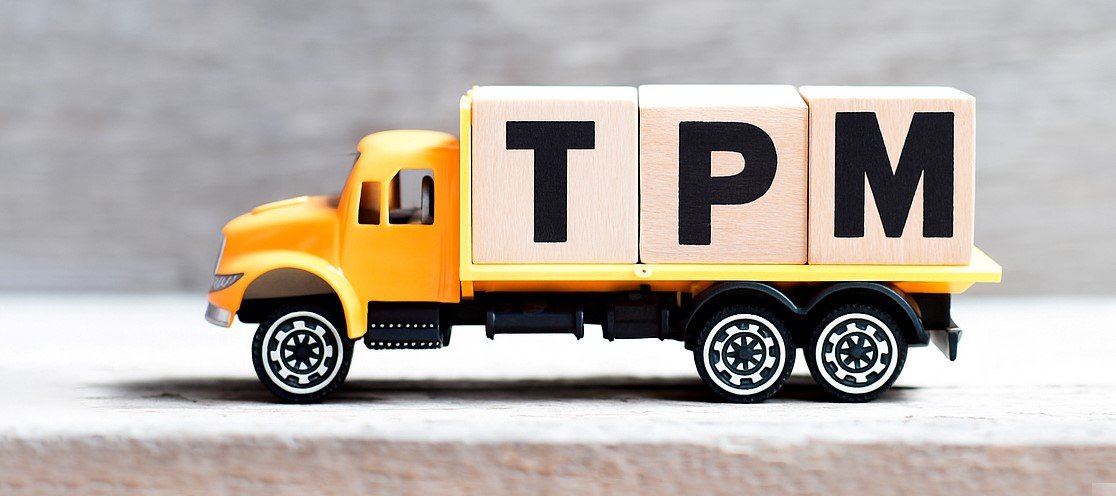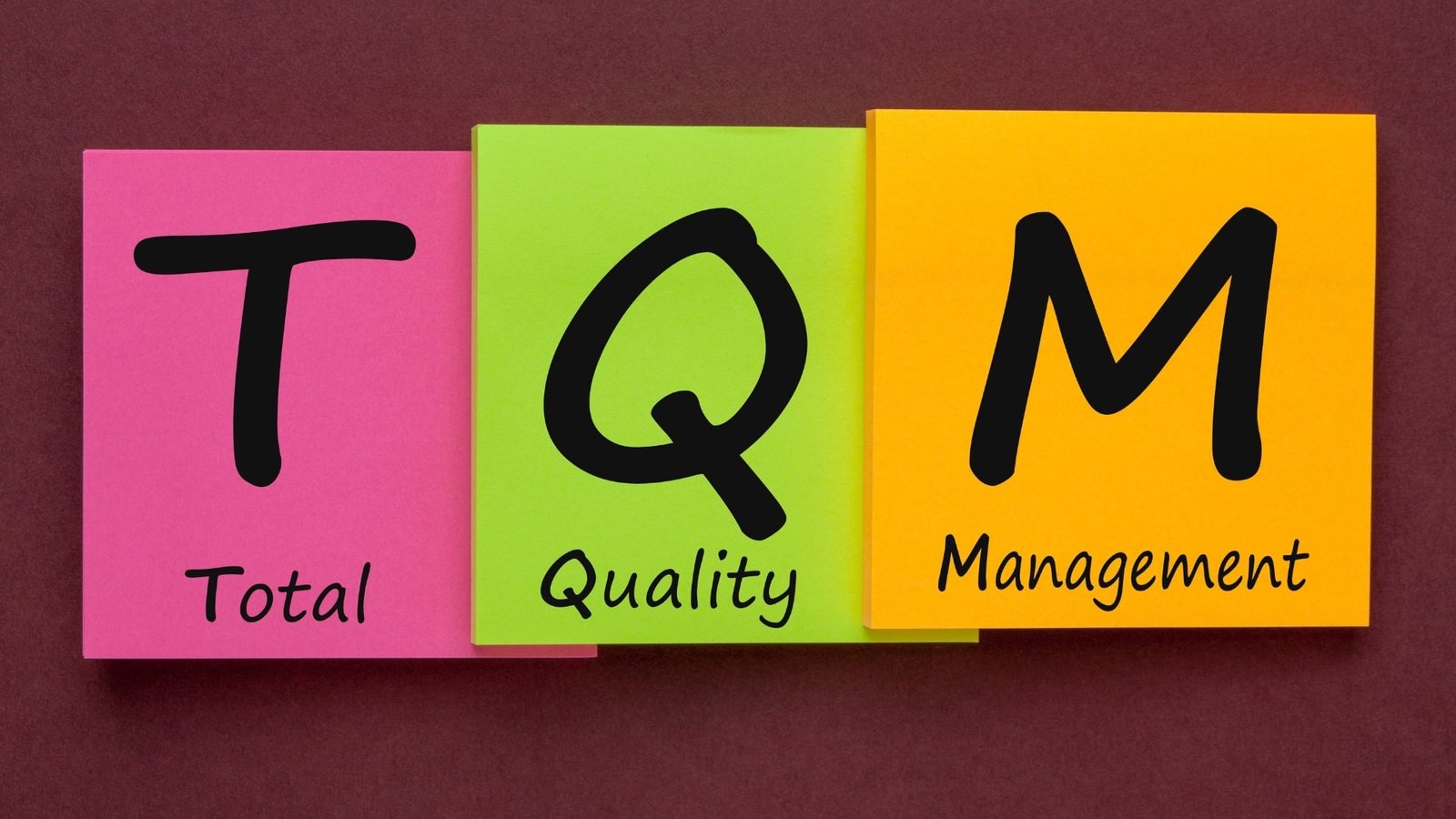When we think of hygiene and safety in food and pharmaceutical production, we often picture sterilized surfaces, cleanrooms, and strict protocols. However, one invisible factor often gets overlooked — the quality of compressed air. In many food and pharma facilities, compressed air is in direct or indirect contact with the product, making it essential to ensure that this air is free from contaminants, moisture, and oil.
This is where dry air plays a critical role.
The Silent Risk in Your Production Line
Compressed air is used in countless operations — cleaning packaging, drying equipment, powering machines, and even transporting powdered ingredients. If the air is not properly dried and filtered, it can carry moisture, oil vapors, or microorganisms into your production environment.
In the food industry, moisture in compressed air can:
- Promote mold and bacterial growth in packaging lines
- Cause premature spoilage or reduced shelf life
- Lead to non-compliance with HACCP or BRC standards
In the pharmaceutical sector, moisture can:
- Contaminate cleanrooms and compromise sterility
- Interfere with the consistency of drug formulations
- Damage delicate pneumatic equipment used in filling or blistering machines
The result? Batch rejections, recalls, equipment damage, and failed audits — all of which can cost your company time, money, and reputation.
Why You Need Dry Air
Dry air refers to compressed air that has been treated to remove water vapor and other contaminants. According to ISO 8573-1, the international standard for compressed air quality, food and pharma applications typically require air that meets strict purity classes — often Class 1 for particles, water, and oil.
Drying technologies such as desiccant dryers, membrane dryers, and inline filters are essential to achieve and maintain this level of air quality. Without these systems, even the cleanest facility can become a contamination risk zone.
Regulatory Pressure Is Increasing
Regulatory bodies like the FDA, WHO, and local health authorities are becoming more stringent about air quality, especially where compressed air touches the product. Quality assurance teams must ensure compliance with GMP, HACCP, and USP standards — all of which emphasize the importance of validated, high-purity compressed air.
Auditors are now asking:
- Is your compressed air regularly tested for dew point and microbial presence?
- Are filters and dryers properly maintained?
- Is your air system validated and documented?
If your answers are vague, your plant may already be at risk.
Train Your Team, Protect Your Product
To help address these challenges, we are offering a specialized training titled:
“Importance of Dry Air in Food & Pharmaceutical Industries”
This course will cover:
✅ The science of compressed air and its role in critical processes
✅ Contamination risks and regulatory expectations
✅ Technologies for drying, filtering, and monitoring compressed air
✅ Best practices for system design, maintenance, and validation
✅ Real-world case studies from food and pharma facilities
Whether you are a quality manager, production engineer, or plant head, this training will give you the tools to ensure product safety, reduce operational risk, and prepare for compliance audits.
Final Thoughts
Dry air isn’t just a technical detail — it’s a critical control point. Ignoring it can compromise the very purpose of your operation: delivering safe, high-quality products to the market.
Investing in clean, dry air is an investment in your product, your process, and your brand.
